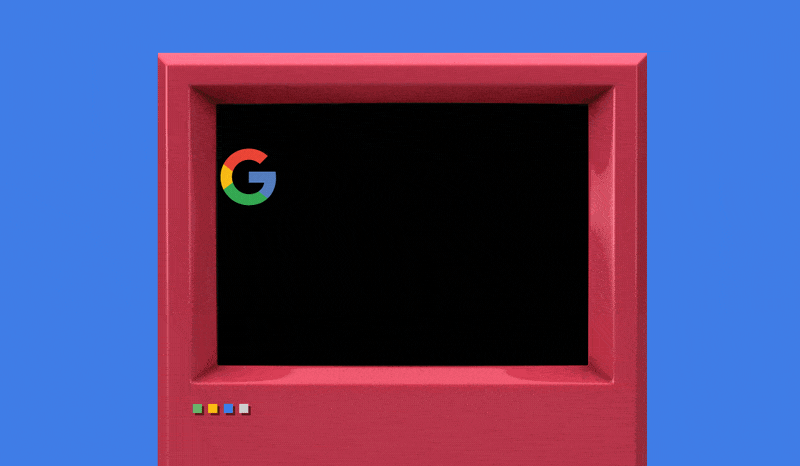Search or social? Influencer marketing finds itself in the middle

As a Digiday+ member, you were able to access this article early through the Digiday+ Story Preview email. See other exclusives or manage your account.This article was provided as an exclusive preview for Digiday+ members, who were able to access it early. Check out the other features included with Digiday+ to help you stay ahead
The influencer marketing playbook is getting a rewrite—or at least a few new chapters added—as the lines between search and social continue to blur, creating a new frontier for brand discoverability.
To be sure, influencers have broken out of the four walls of social media, shaping search results. And the industry has taken notice. Creators are showing up in Google’s “short videos” tab and AI Overview, both of which launched last year, as well as AI Mode, which launched this May. Then in July, Meta notified users that search engines would automatically be allowed to show all photos and videos on result pages. (Per Meta, the setting isn’t new, but an in-app notification was sent to alert users as the platform continues to roll it out globally to “boost discoverability for creators and businesses.”)
All signs, for influencer marketing agencies, point to a new playbook—one that accounts for influencer (and thus, brand) visibility across the search landscape.
“We are entering an era where content must serve two audiences simultaneously, humans and machines. That shift requires a very different mindset,” said Chris Camacho, CEO at Cheil UK agency.
To Camacho’s point, the agency execs Digiday spoke with for this story have built out a framework that prioritizes conversational and natural language over keyword stuffing, as well as giving influencer and creator content the SEO-treatment with search-friendly captions, alt text and location tags.
Think less “NYC pizza” and more “What’s the best pizza in New York City?” in creator content captions, titles and the like.
For example, VML has a fast food client, which the agency declined to name, that used TikTok to answer frequently asked questions, said Alyssa Murfey, VML’s discoverability director, organic search. That content was picked up in Google search results, extending the shelf life of that TikTok content by months, she said.
Over at DIBS beauty brand, there’s more focus than ever before on partnering with micro-influencers with blogs in hopes that content gets picked up by AI-powered chatbots, boosting the brand’s visibility, according to Jeff Lee, co-founder of DIBS. (A deeper look at how zero-click search is changing how small brands like DIBS show up online here.)
On Thursday, Cheil UK announced a deal with Spotlight, a startup focused on brand visibility in an AI-driven landscape, signaling the agency’s push to snap up real estate in the changing digital landscape.
Typically, search and social sit near the bottom of the marketing funnel, in hopes of generating clicks and conversions. However, as search becomes more about discovery and visibility, the age old debate of brand versus performance rears its head. This makes SEO-driven influencer content a longer-tail plan, according to Stephen Maycock, associate director of influence at Born Social, a social media agency.
“While the initial performance might appear slow, we found that evergreen content picks up views, saves and shares over time – the opposite of fast-paced nature of typical social content,” Maycock said.
It’s not an exact science yet, but marketers hope to find a new way to drive traffic in the gray area between social and search—especially as chatbots and AI-powered search engines usher in the zero-click era, making it harder to drive traffic to product pages.
Influencer agency execs say they’re still working through the kinks in the new normal—whether search or social teams should more closely collaborate, which teams manage influencer content and ultimately, who holds the purse strings.
“Creator marketing is advancing so fast, clients systematically on the whole are not set up for this,” said Becky Owen, CMO of Billion Dollar Boy, and founder and head of FiveTwoNine, BDB’s sister company.
Still, as the lines between search and social continue to blur—especially with the added impact of AI—it’s worth revamping the strategy, Owen added.
Echoing her point, Hofit Mallachy, head of SEO at Moburst, summed it up this way: “It’s like SEO and social are finally shaking hands, and I’m all for it.”
Sam Bradley contributed to this report.
More in Marketing

The anatomy of an agency chief client officer
Several major agencies have moved to appoint chief client officers to their top cohorts lately.

How marketers rank this year’s generative AI image, video tools
Digiday’s 2025 agency generative AI report card explores the winners and losers of the generative AI landscape.

In memoriam: Brands we lost in 2025
Digiday Media staff rounded up some of the most notable brand names we lost in 2025, like Joann and Rite Aid.








